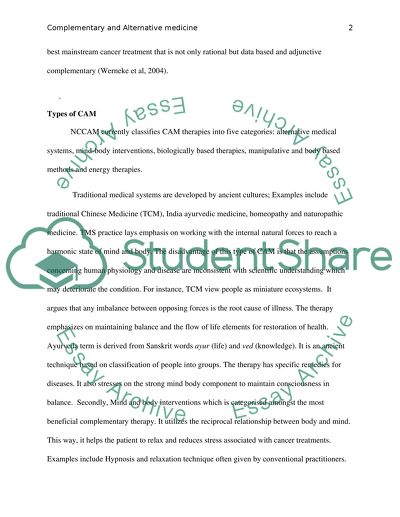Cite this document
(“Is Complementary and Alternative Medicine Safe and Effective in Literature review - 1”, n.d.)
Is Complementary and Alternative Medicine Safe and Effective in Literature review - 1. Retrieved from https://studentshare.org/health-sciences-medicine/1441382-is-complementary-and-alternative-medicine-safe-and
Is Complementary and Alternative Medicine Safe and Effective in Literature review - 1. Retrieved from https://studentshare.org/health-sciences-medicine/1441382-is-complementary-and-alternative-medicine-safe-and
(Is Complementary and Alternative Medicine Safe and Effective in Literature Review - 1)
Is Complementary and Alternative Medicine Safe and Effective in Literature Review - 1. https://studentshare.org/health-sciences-medicine/1441382-is-complementary-and-alternative-medicine-safe-and.
Is Complementary and Alternative Medicine Safe and Effective in Literature Review - 1. https://studentshare.org/health-sciences-medicine/1441382-is-complementary-and-alternative-medicine-safe-and.
“Is Complementary and Alternative Medicine Safe and Effective in Literature Review - 1”, n.d. https://studentshare.org/health-sciences-medicine/1441382-is-complementary-and-alternative-medicine-safe-and.


